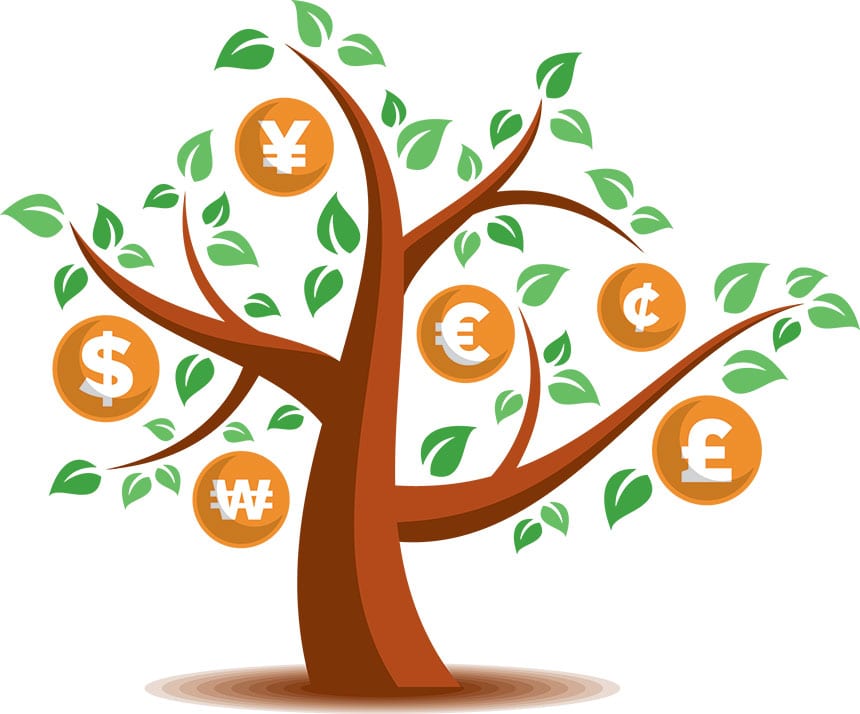
by Helen Sanders, Editor
Standard Chartered launched its pioneering concept of ‘banking the ecosystem’ with a thought-provoking paper based on an in-depth analysis of the changing commercial pressures experienced by multinational corporations. As supply chains, distribution channels and sales models evolve, the report explores how the banking services that these corporations, and their wider ecosystem, require are changing as a result, and concludes with a vision of transaction banking in the future.
Banking the ecosystem is a concept that Standard Chartered has been exploring for some time, and is in part a response to the global trade finance gap that is hampering economic growth and placing global supply chains in jeopardy. According to Asia Development Bank’s Trade Finance Survey 2016, for example, the global trade finance gap is around $1.6tr, of which nearly $700m is in developing Asia. The survey emphasises that 56% of trade finance proposals by small and medium-sized enterprises (SMEs) are rejected, compared with 34% of large corporations and only 10% of large corporations. Given the interconnectedness and mutual dependencies that exist across businesses of all sizes, this is a major constraint on growth.
 Alex Manson, Global Head of Transaction Banking at Standard Chartered explains some of the background behind this significant initiative,
Alex Manson, Global Head of Transaction Banking at Standard Chartered explains some of the background behind this significant initiative,
“From our in-depth discussions with clients and their tier one and two suppliers, distributors and customers, it became clear that banks need to change the way that they approach trade finance, move away from traditional methods and become more client-focused. The better that they understand the complexities of their customer’s community of suppliers, distributors and customers, the more precise the solutions that deliver value to both the ‘anchor’ client and its wider ecosystem can be.”
Despite the attractions of an ecosystem-wide approach to banking, however, few banks are equipped to offer this. Most international banks tend to bank only their larger clients outside their home market. Furthermore, banks are divided into distinct segments for corporate and institutional banking, commercial banking and retail banking, which makes it difficult to build an ecosystem-wide view. Alex Manson continues,
“We recognised that as a leading bank in Asia, Africa and Middle East, with a client base that extends from retail customers through to the world’s largest multinationals, we had a responsibility to help address the trade finance gap and find new ways of facilitating financing and commercial transactions across the ecosystem. As such, we are investing in innovative financing and payment solutions and aligning our organisation to take a more holistic approach to the ecosystem.”
Technology innovation is key to banking the ecosystem, particularly the ability to digitise financing and payments, supported by data to automate the processes that surround them. There are various ways in which are doing this, from investing in digital trade finance, through to solutions such as mobile wallets. Ultimately, the ecosystem concept will continue to evolve in line with new technology and financial solutions. Whatever the technology employed, collaboration remains key: treasurers need to work with procurement and sales organisations; corporations engage with their ecosystem partners, and banks work closely with their clients and the wider ecosystem of which they are a part.
|
A view of the ecosystem The supply chain is a familiar concept, referring to the connected thread of suppliers and wholesalers that ultimately create a company’s products and services, and the distributors, agents and retailers that sell them. However, as these networks of commercial counterparties have extended and become more complex and intertwined, the concept of a ‘supply chain’ has become outdated. Instead, the concept of the ‘ecosystem’ better reflects the complexity and mutual dependencies that exist, from individuals and small family producers through to the world’s largest multinationals. These different entities have different financing and banking needs, but by taking a holistic approach to providing liquidity, managing risk and facilitating transactions, the ecosystem becomes more resilient and efficient financially, and is positioned for growth. Banking the Ecosystem Standard Chartered, September 2016 |










